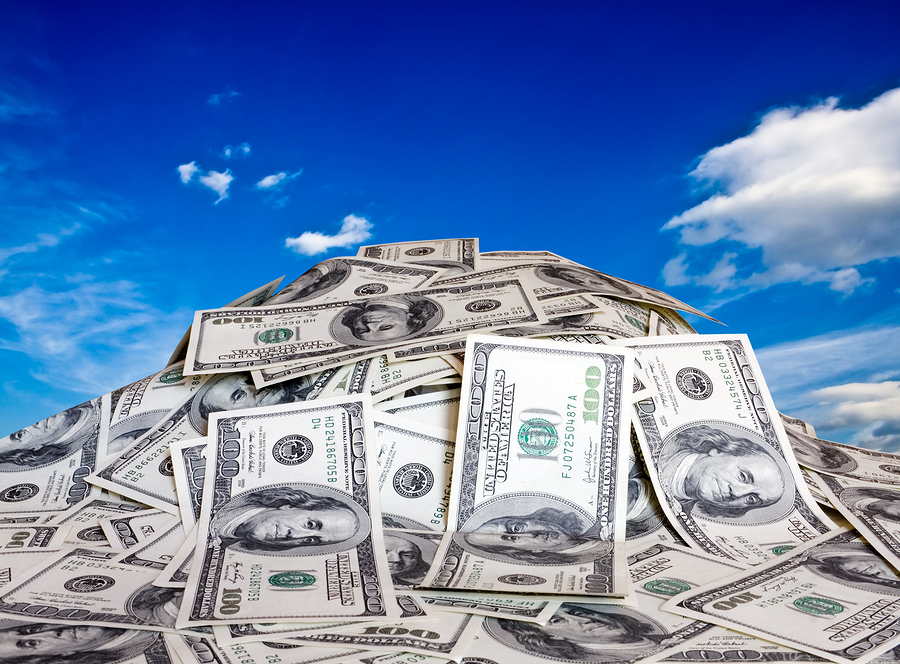The last round of Big Pharma mergers and acquisitions peaked in 2014 and ran out of steam in 2016. In 2014, the sector set a record of 188 deals (+25% yoy) and another record for spending, at $213.3 billion (+221% yoy).
2014 was the year Dublin-based Actavis plc (then NYSE: ACT) acquired Allergan, Inc. (NYSE: AGN) for $66 billion, and changed its name to Allergan plc. At the time, the Irvine, California-based company was fighting a hostile takeover by Canadian drug maker Valeant Pharmaceuticals International (now known as Bausch Health Companies – NYSE: BHC). The original price was a combination of $129.22 in cash and 0.3683 Actavis shares for each share of AGN common stock. Based on the closing price of AGN on November 14, 2014, the price represented $219 per Allergan share.
It was also the year that Actavis bought Forest Laboratories for $25 billion; Merck & Co. (NYSE: MRK) acquired Sigma-Aldrich Corporation for $17 billion; and Novartis (NYSE: NVS) acquired GlaxoSmithKline‘s (NYSE: GSK) oncology business for $16 billion. Merck sold its over-the-counter business to Bayer AG (XE: BAYN) for $14.2 billion before it acquired U.S.-based Cubist Pharmaceuticals for $9.5 billion. And those were just the top six deals, by price.
The following year, 2015, wasn’t as hectic in the sector, posting 172 transactions (-9%) and $138.3 billion (-35%). The largest deal that year featured Allergan plc’s sale of its generics business to Israeli generic drug maker Teva Pharmaceutical Industries (NYSE: TEVA) for $40 billion. The divestiture went to pay down the debt accrued in the Actavis/Allergan deal the year before.
2015, you may recall, was also the year that Pfizer Inc. (NYSE: PFE) began talks with Allergan about a takeover, following the collapse of its $118 billion hostile takeover of AstraZeneca (NYSE: AZN) in September. Pfizer was looking for an overseas target, which would have allowed it to move its headquarters abroad in order to slash its tax bill, a tactic known as an inversion.
Pfizer dropped its pursuit of AstraZeneca and turned to a more willing Allergan in October 2015. The deal was viewed favorably by many analysts, even with the approximately $160 billion price tag, around $370 to $380 per Allergan share.
Unfortunately for Pfizer, the U.S. Department of Treasury enacted stringent new rules to curtail these corporate inversions on April 4, 2016, making the deal untenable. Two days later, Pfizer called off the acquisition and paid the agreed-upon 2% to 3% breakup fee. Deal volume in the Pharmaceutical sector ended 2016 with 157 deals (-9%) and $84.8 billion (-39%), then slid to only 96 deals in 2017 (-39%) and $23.0 billion (-73%) in spending.
Now comes AbbVie‘s (NYSE: ABBV) surprise $87 billion bid for Allergan. The price $188.24 per share consists of $120.30 in cash and 0.8660 in AbbVie shares, as well as about $24 billion of debt in the most recent quarter.
AbbVie’s sole blockbuster drug, Humira, is losing patent protection in the United States in 2023 and already faces competition from biosimilar versions in Europe. It had sales of $19.1 billion in 2018. Allergan’s best-selling product is the wrinkle-smoothing Botox, which had worldwide sales of $3.6 billion in 2018. Botox biosimilars are coming to market in 2019, beginning with Revance, a cheaper version that works for six months versus Botox’ two weeks of effectiveness.
While it’s the biggest deal of the year, 2019 is only half over. Through June, the Pharmaceutical sector has 56 announced transactions and $93.5 billion in spending. Meanwhile the Biotechnology sector kicked off the year with Bristol-Myers Squibb‘s (NYSE: BMY) $74 billion deal for Celgene Corporation (NASDAQ: CELG), followed by Danaher Corp.’s (NYSE: DHR) $21.4 billion bid for the GE Biopharma business (NYSE: GE) and Pfizer’s $11.4 billion takeover of Array BioPharma (NASDAQ: ARRY). With 72 announced deals and $127.8 billion on the books, this is Big Biotech’s year, not Big Pharma’s. We’ll have to see how it ends.
